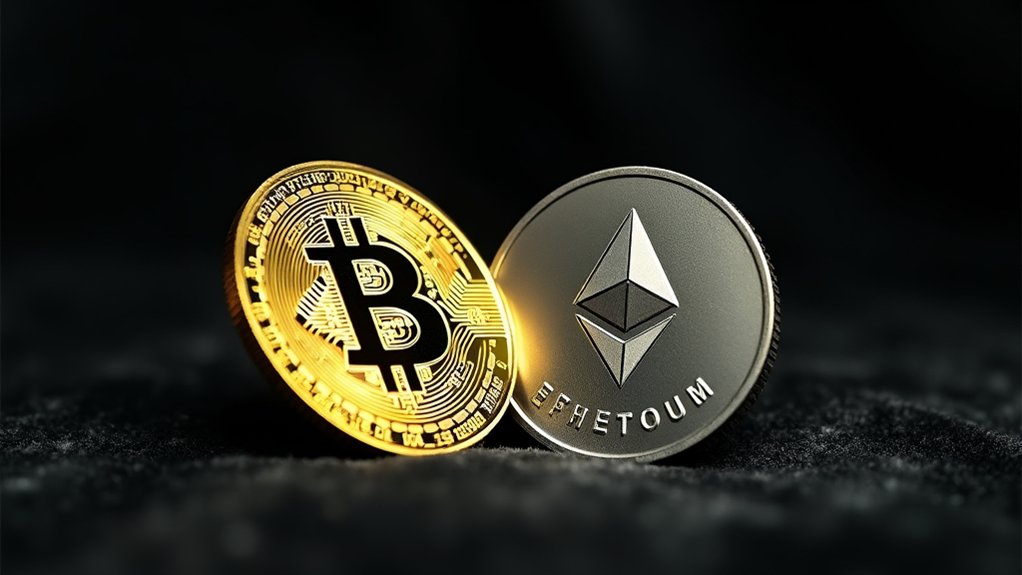While most cryptocurrency projects begin with grand promises of decentralization and tradability, World Liberty Financial took the contrarian approach of launching WLFI tokens as explicitly non-transferable assets—a decision that, predictably, lasted about as long as one might expect from a project bearing the Trump name.
The initial non-transferability policy ostensibly served noble purposes: fostering genuine community engagement over naked speculation, maintaining controlled circulation to minimize volatility, and creating what the foundation euphemistically termed “symbolic ownership models.”
Token holders found themselves in the peculiar position of owning assets they couldn’t sell, transfer, or—despite grandiose governance rhetoric—meaningfully control. The locked tokens confined liquidity to internal uses, effectively creating a closed-loop system that prioritized utility over market dynamics (assuming one could identify said utility).
Token holders discovered the paradox of possessing worthless assets in a system where utility remained mysteriously undefined.
This philosophical stance proved remarkably short-lived. In June 2025, World Liberty Financial executed a stunning reversal, announcing via social media that transferability would be introduced following community pressure.
The foundation’s acknowledgment—”You asked to make $WLFI transferable — we heard you”—represented either responsive governance or capitulation to market forces, depending on one’s interpretive generosity.
The implications extend far beyond simple trading mechanics. Transferability transforms WLFI from a closed ecosystem token into a speculative asset, potentially attracting broader participation while simultaneously exposing holders to volatility the original design explicitly sought to avoid.
Secondary market trading could enhance liquidity and adoption, yet critics rightfully question whether transferability addresses fundamental concerns about insider concentration and substantive governance rights. The project’s controversial fund allocation structure continues directing resources to the Trump family rather than meaningful ecosystem development.
Strategic motivations appear straightforward: increased liquidity stimulates growth, market accessibility expands beyond initial supporters, and alignment with conventional DeFi models facilitates broader adoption. Unlike established cryptocurrencies such as Bitcoin and Ethereum that began with clear transferability from launch, WLFI’s retroactive approach highlights the experimental nature of newer token projects.
However, the reversal raises uncomfortable questions about regulatory oversight, market manipulation risks, and transparency shortcomings that transferability cannot resolve.
The policy shift represents a fascinating case study in crypto project evolution—or devolution, as skeptics might argue.
Whether transferability proves catalyst for genuine ecosystem development or merely enables sophisticated wealth extraction remains an open question.
What seems certain is that WLFI’s journey from locked utility token to tradeable asset reflects broader tensions between idealistic tokenomics and market realities that inevitably surface when speculation meets political branding.





